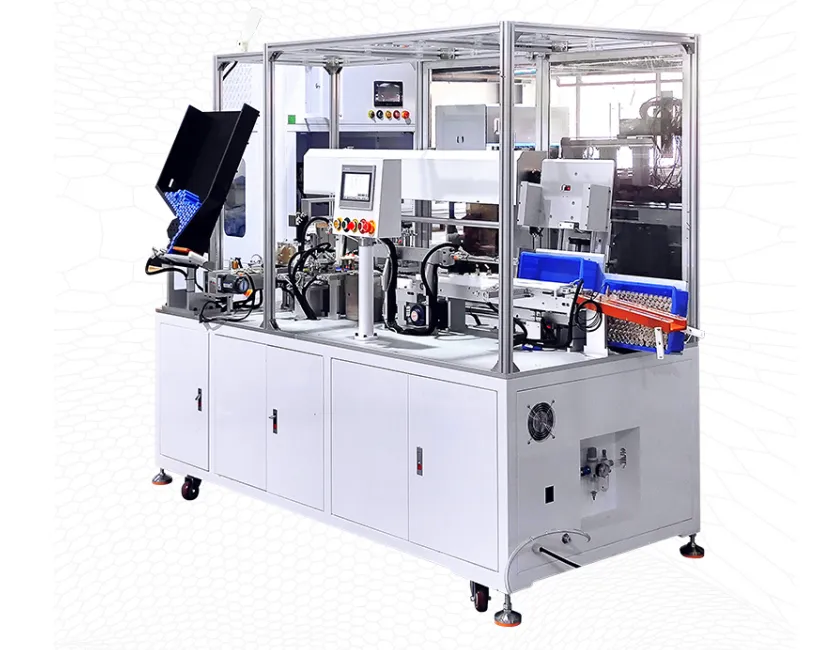Battery Laser Stripping Machines have become essential in the refurbishing and recycling of batteries. While these machines are primarily used in manufacturing processes, their precision and efficiency make them valuable for restoring and recycling batteries, ensuring both sustainability and functionality.
The Role of Laser Stripping in Battery Refurbishing
Battery refurbishing involves restoring used batteries to functional conditions. One critical step in this process is the removal of old or damaged insulation materials, such as PVC or PET films, which cover the battery's surface. Laser stripping machines excel in this area by:
Precise Film Removal: Laser technology removes PVC or PET films with pinpoint accuracy, exposing the battery surface without causing structural damage.
Preparation for Restoration: By cleaning the battery surface, the laser stripping process prepares it for further steps like re-insulation, testing, or cell replacement.
Damage-Free Processing: Unlike mechanical or chemical methods, laser stripping ensures the battery remains intact, preserving its integrity for refurbishment.

The Role of Laser Stripping in Battery Recycling
Battery recycling involves breaking down and recovering valuable materials from used batteries. Laser stripping machines contribute to this process by:
Removing Surface Layers: Lasers efficiently remove insulation films, allowing recyclers to access the battery’s internal components for material recovery.
Eco-Friendly Process: Unlike abrasive or chemical removal methods, laser stripping is clean and environmentally friendly, producing no toxic byproducts.
Improving Recycling Workflow: The speed and precision of laser stripping streamline the recycling process, enhancing efficiency and reducing costs.
Advantages of Laser Stripping Machines for Refurbishing and Recycling
The use of laser stripping machines in refurbishing and recycling batteries offers several benefits:
High Precision: Ensures no damage to the battery or surrounding components.
Cost-Effectiveness: Reduces the need for replacement materials by preserving the battery's core structure.
Eco-Friendly Operation: Minimizes waste and eliminates the need for harmful chemicals.
Versatility: Compatible with various battery types, such as cylindrical (e.g., 18650, 21700), prismatic, and pouch cells.
Challenges and Limitations
While laser stripping machines are critical in refurbishing and recycling processes, they cannot complete the entire workflow independently. Additional equipment and processes, such as testing, reassembly, and quality checks, are necessary to fully refurbish or recycle a battery.
SUNKA LEAD: Solutions for Battery Refurbishing and Recycling
At SUNKA LEAD, we specialize in advanced battery production equipment, including laser stripping machines designed for PVC film removal. Our machines offer:
High Efficiency: Rapid and accurate film removal for refurbishing or recycling workflows.
Wide Compatibility: Ideal for use with cylindrical batteries like 18650 and 21700.
Durability and Precision: Ensures damage-free processing and long-lasting performance.
In addition to laser stripping machines, we provide a range of equipment for testing, assembly, and production, supporting both battery manufacturers and recyclers.
Conclusion
Battery laser stripping machines play a vital role in refurbishing and recycling workflows. Their ability to remove insulation films with precision and efficiency makes them indispensable for restoring batteries or recovering valuable materials in an eco-friendly manner.



